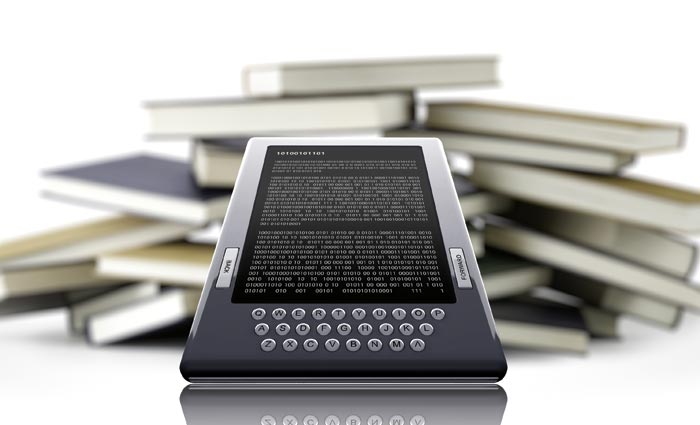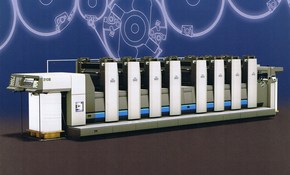

Publishers are betwixt and between. They face technology and consumer changes unlike any time in history. E-books, on-demand printing and content acquisition channels are all changing at the same time.
It used to be so simple: typeset the book on a Linotype, deliver the metal type to a printer, print and bind. Later, typeset the book with phototypesetting, paste it up, shoot film to make plates, print and bind. Still later, computer-to-plate eliminated typesetting and film as separate steps. Along comes digital printing, which goes from computer to finished book on a printing device with inline binding.
Then came computers, screens that displayed typography, and the internet as both a content delivery channel and a retail channel for both print and electronic content. Over time, all of these technologies merged and became portable, which allowed us to literally carry a bookstore in our pockets. This is one of the fundamental changes in the book world.
It has adversely affected the traditional bookstore. First, other book selling outlets evolved. Over time, books could be acquired in pharmacies, convenience stores, and other retail locations. The small bookstore was challenged by the book superstores. Then the superstores were challenged by the online book retailers. And the online book retailers did not care whether you bought a pre-printed inventoried book, an on-demand printed book, or an e-book, or access to a website with video and other content.
Add to all these trends the mechanisms that let individuals self-publish their own books in any form. It is self-evident that most book publishing models are part of the past, and as publishers wrestle with the present and future, they are stumbling badly.
An e-book does not have the same cost factors as a print book. It is disingenuous for publishers to price e-books near print book prices just as it is confusing for different e-book retailers to set different prices. The entire area of digital rights management needs to be fixed. Consumers balk at paying a high price for an e-book that cannot be shared or saved or read on different readers.Publishers have long had intermediaries between them and book consumers. Much of the confusion in the book market comes from these relationships. Different channels price books differently and demand higher percentages of those prices, just as the publishers are seeking higher margins. Publishers think that consumers will seek out their websites. This is like having bookstores that only sell one publisher’s books.
A printed book is standardised in terms of reading. An e-book is not. E-book formats are all over the shop. The time has come to make e-books as sharable and usable as print books.
The upheaval in book publishing, bookmaking, book selling, and book reading will continue for a while. All stakeholders will dig in and try to protect their turf. As is, the whole book infrastructure is not sustainable as it now exists. It must be re-invented. The question is: who will give first?
Frank Romano is professor emeritus at the Rochester Institute of Technology
Comment below to have your say on this story.
If you have a news story or tip-off, get in touch at editorial@sprinter.com.au.
Sign up to the Sprinter newsletter


